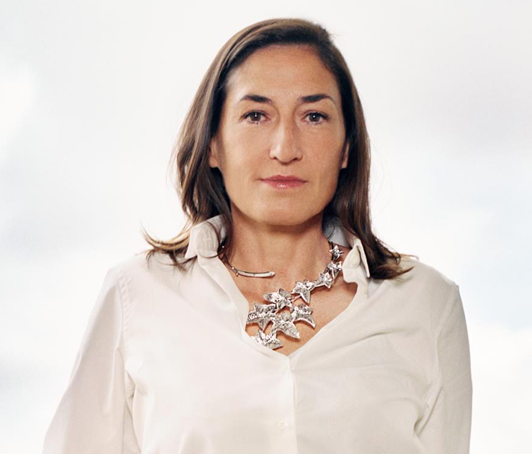GORE-TEX has long established itself as a leading functional fabric in the outdoor industry, with many outdoor brands priding themselves on bearing the coveted GORE-TEX label.
Luxe. CO recently attended the Munich ISPO exhibition and witnessed the launch of the new generation of GORE-TEX PRO, marking the brand’s most revolutionary upgrade since 2019.
In this exclusive event, Achim Loeffler, Global Business Leader of W.L. Gore & Associates, the parent company of GORE-TEX, granted his first-ever interview to a Chinese media outlet. He engaged in a nearly two-hour in-depth conversation with Luxe. CO’s Senior Vice President, Elisa Wang.

Above: Achim Loeffler at the ISPO exhibition, wearing apparel made with the new-generation GORE-TEX PRO.
Notably, the new GORE-TEX PRO is one of GORE-TEX’s specialized series, specifically designed for extreme environments and high-difficulty outdoor activities.
As one of the most anticipated innovations in the outdoor industry, this product raises critical questions:
- How does GORE-TEX innovate on its top-tier fabrics?
- What impact will this product have on the outdoor market and the industry at large?
- Where does GORE-TEX derive its strong brand equity across both B2B and B2C markets?

Above: The GORE-TEX booth at the Munich ISPO exhibition.
Having worked at Gore for 22 years, Loeffler speaks at a fast pace, delivering abundant information and vivid details with every question posed.
His responses not only resolved many of our doubts but also offered profound insights into Gore’s innovative spirit and leadership. This article aims to share the story behind GORE-TEX’s success with the broader industry.
Why Is the New GORE-TEX PRO the “Biggest Challenge”?
“Innovation of materials typically takes seven to eight years. It’s a long time involving a lot of people… So it’s really costly as you rightly said. We know we want to have the best-in-class products out there.” remarked Achim Loeffler.
Looking back at the innovation cycle of the GORE-TEX PRO series—2007, 2013, 2019, and now 2024—each upgrade has required years of scientific research and development.
When discussing the newly launched GORE-TEX PRO, Loeffler candidly stated, “For us, innovating the GORE-TEX PRO with the ePE membrane is perhaps the greatest challenge we’ve ever faced.”
What is the innovative ePE membrane, and why was it so challenging to develop? To answer this, we must revisit the origins of GORE-TEX.
In 1958, chemical engineer Bill Gore, an innovation enthusiast, founded W.L. Gore & Associates. In 1969, his son, Bob Gore, accidentally stretched PTFE material by 50%, creating a microporous structure known as ePTFE (expanded polytetrafluoroethylene), the foundation of GORE-TEX membranes.
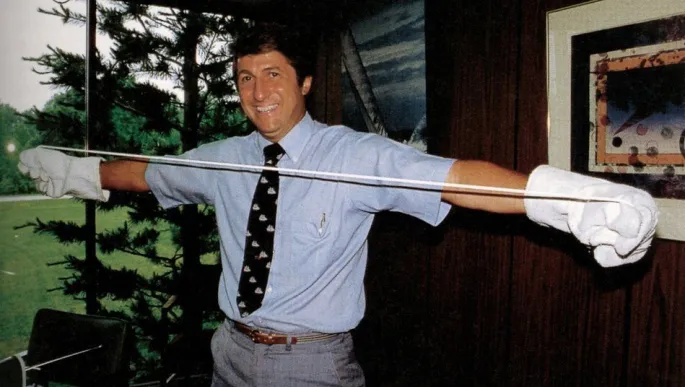
Building on this groundbreaking material, W.L. Gore & Associates has applied a series of significant innovations across fields such as computing, healthcare, and aerospace.
In the late 1970s, W.L. Gore & Associates combined the GORE-TEX membrane with textile materials, creating GORE-TEX fabric. Its microporous structure allows water vapor to pass through while blocking water droplets, delivering waterproof and breathable functionality.
Dubbed the “Fabric of the Century,” this innovation catalyzed a transformative shift in the global outdoor industry.
After two decades of dedicated R&D and innovation spanning two generations, GORE-TEX fabric has cemented itself as a powerful brand in the outdoor industry. However, as we enter the 21st century, both nature and humanity face an unprecedentedly complex challenge: sustainability.
For the entire fashion supply chain, sustainability presents an urgent question of how to maintain high-quality, durable products while addressing environmental concerns.
Rising to this challenge, W.L. Gore & Associates developed the latest generation of GORE-TEX PRO (pictured below), utilizing the innovative and sustainable ePE membrane. This material is PFAS-free (free from per- and polyfluoroalkyl substances) and achieves an average carbon footprint reduction of approximately 23% across composite fabrics.

The new generation of GORE-TEX PRO has successfully combined top-tier performance with sustainability for the first time. Speaking on this, Achim Loeffler expressed his excitement:
“I guess for me, described in a short sentence, it has the highest performance with a lower environmental footprint. I think it’s the end. I think that’s the exciting part. It’s not just more durable.
“Many years ago, our customers approached us. We want to have a PFAS-free product, and it should, by the way, perform as well as any PTFE. That’s not easy. It took us so long, but I think we achieved that end. It’s high-performance and sustainable because our customers are asking for this, and consumers are starting to ask for this. I think that’s the uniqueness here we have achieved with this product in our range.”
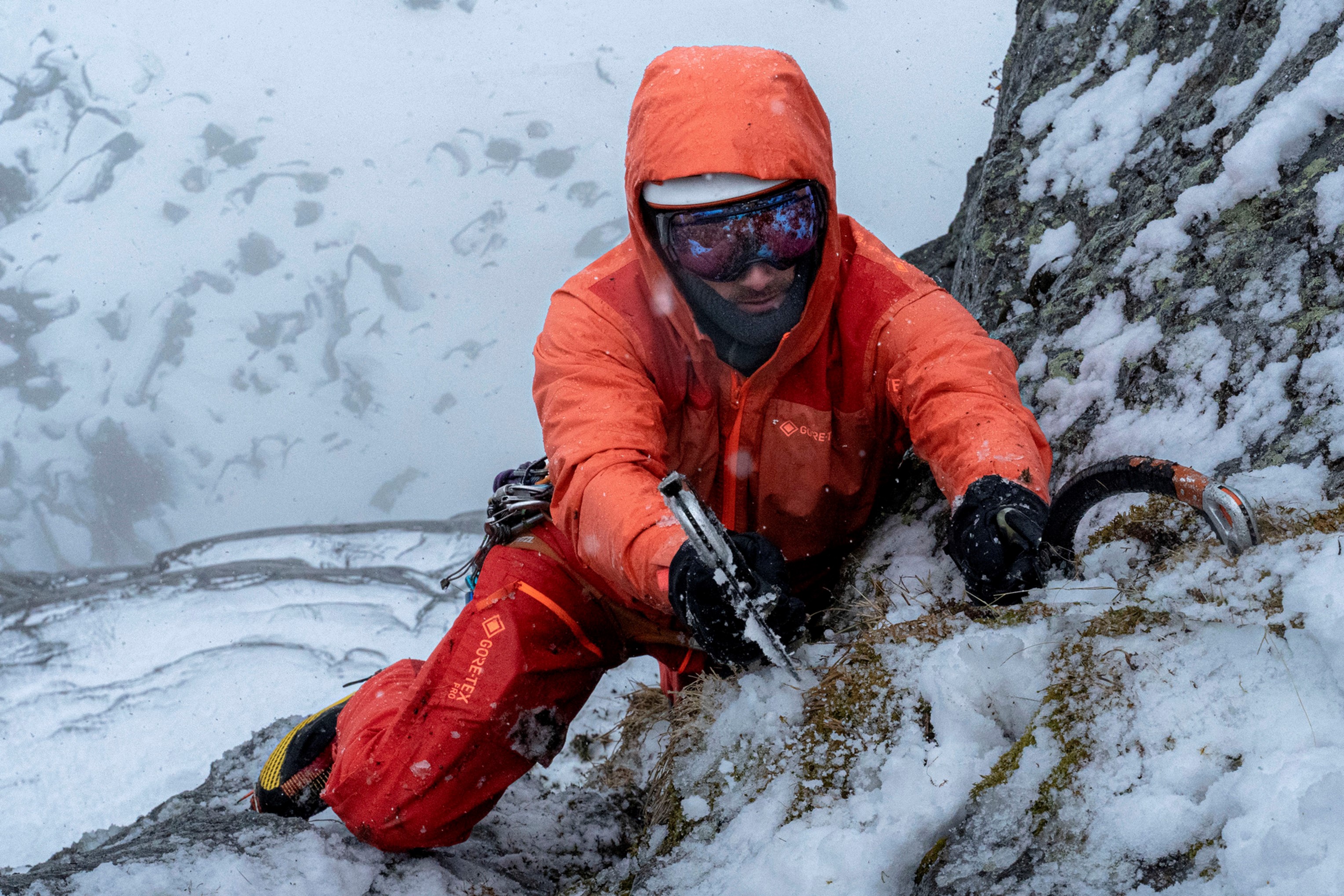
Above: GORE-TEX PRO undergoing extreme condition testing.
Excerpt from the Interview:
Luxe.CO: What were the biggest challenges behind the new GORE-TEX PRO launch?
Achim Loeffler: We’ve been in the waterproof, windproof, and breathable fabric business for over 40 years, primarily using ePTFE (expanded polytetrafluoroethylene) as our base material.
Years ago, driven by our commitment to sustainability, we decided to transition to a new material: ePE (expanded polyethylene), a PFAS-free material. We launched the first consumer products using this material in 2022.
GORE-TEX PRO is our pinnacle product, designed for consumers with the highest performance demands and representing exceptional durability. For us, innovating with ePE was perhaps the greatest challenge. To iterate on our pinnacle product, we had to ensure it met the most rigorous environmental standards.
Leveraging our expertise, we conducted exhaustive laboratory and field tests to develop the new GORE-TEX PRO. This process, though lengthy, was incredibly exciting. Honestly, I hope artificial intelligence will help accelerate such developments in the future.
Recently, we tested over 10,000 different durable water repellent (DWR) formulations. DWR is applied to fabrics to make them water-repellent. Using AI algorithms, we evaluated their performance—a process that would have taken months in the past but is now significantly faster. This is an area where we are pushing for innovation.
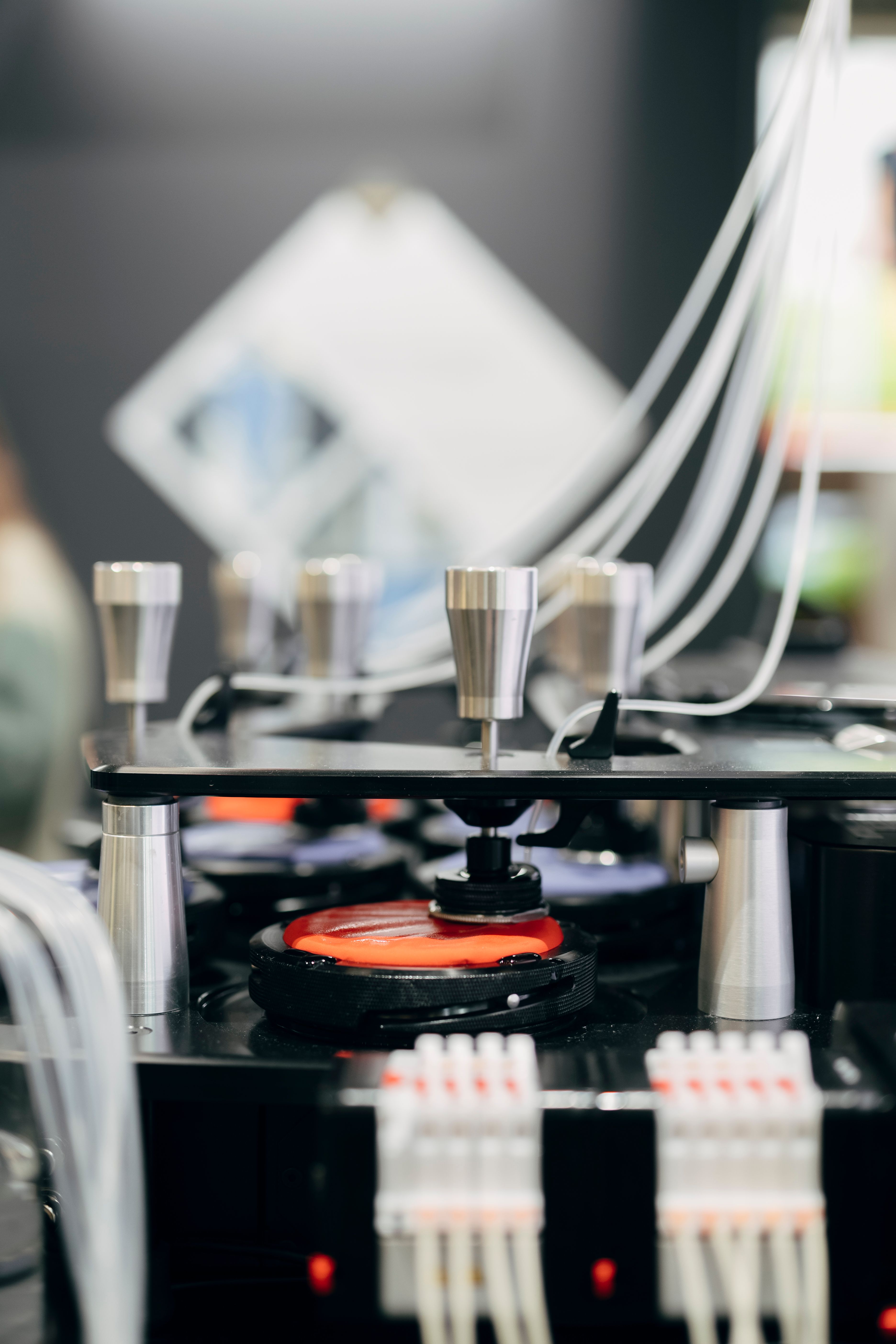
Above: At the ISPO exhibition, GORE-TEX demonstrates the durability, waterproofing, and longevity of its fabrics with on-site testing equipment.
Where Does GORE-TEX’s Strong Brand Equity Come From?
During our conversation, Achim Loeffler provided an example illustrating GORE-TEX’s prominence in consumers’ minds:
“Even though we are a B2B company, we consider GORE-TEX a consumer brand. Because many times consumers went to the retail stores and said, ‘I need a ski jacket. It should be GORE-TEX. What brands do you have?’ So, there was always a strong aspired brand there. That’s clearly something which is important.”
As a “top-tier” presence in outdoor gear, GORE-TEX exhibits immense brand influence and mindshare among both partners and consumers.
So that got us curious. What drives this unparalleled brand equity?
We believe GORE-TEX’s brand strength is rooted not only in superior product quality and functionality but also in a unique, innovative, and collaborative business model.” As Loeffler explains, GORE-TEX has pioneered an end-to-end partnership model with its client brands, going far beyond the role of a traditional material supplier.
In this model, GORE-TEX actively participates in the product’s entire lifecycle—design, technical innovation, material selection, end-market promotion, and even after-sales support—offering comprehensive guidance and services.
“This is our biggest differentiator in today’s market,” emphasized Loeffler. “These services truly enable us to work across the entire value chain, securing a unique and robust position distinct from competitors. Even though we are a B2B company, we consider GORE-TEX a consumer brand.”
If GORE-TEX’s rigorous testing standards are the cornerstone of its product quality, then its hands-on, full-cycle collaboration with brand partners in the outdoor market is the key to its strong brand power.
Why does W.L. Gore & Associates position itself like a brand, engaging directly with consumers on the front lines? Why does it operate like a brand by investing in design, R&D, and iteration? And why does it, like a brand, dedicate substantial resources to marketing and after-sales support?
This philosophy dates back to 1989, when GORE-TEX introduced its famous promise: GUARANTEED TO KEEP YOU DRY®. This pledge wasn’t merely aimed at its brand partners but also directly at end consumers, ensuring satisfaction with every product bearing the GORE-TEX label.
Achim Loeffler candidly told Luxe.CO that GORE-TEX is “very selective” about its brand partners. This high standard ensures that its partners are equally committed to achieving exceptional product performance.
Throughout the entire collaboration process, GORE-TEX plays multiple roles: an advisor in the initial stages, a co-developer during design and R&D, and a quality supervisor in the final stages. Upholding its promise often involves countless “invisible” adjustments and investments in fine details.
For example, while GORE-TEX fabrics are inherently waterproof, poorly treated seams can still result in leakage. To address this, GORE-TEX requires its partners to produce garments in certified factories using its exclusive seam-taping machines and tapes to guarantee performance.
Driven by this shared philosophy, this symbiotic model creates deeper ties between GORE-TEX and its partners, fostering mutual growth. This approach sets GORE-TEX apart from other ingredient brands, earning the trust of hundreds of brands and maintaining its leadership in the industry.
As its partners’ trust in GORE-TEX grows stronger, GORE-TEX gains closer access to the market, allowing it to fully understand consumers’ needs and consistently launch products that truly meet user demands.

Above: At the ISPO exhibition, GORE-TEX showcases apparel featuring the new-generation GORE-TEX PRO.
Excerpt from the Interview:
Luxe.CO: Why is GORE-TEX confident in providing consultation services to brands? What does this mean for both the GORE-TEX brand and your partners?
Achim Loeffler: We deeply understand consumer needs, enabling us to help our brand partners design the right products.
For example, during a recent visit to one of our partners in China, they asked us, ‘What are the global trends?’ ‘What’s happening in the European and American markets?’
This unique relationship strengthens our partnerships, allowing us to provide a comprehensive market perspective, which our partners truly appreciate.

Above: GORE-TEX exhibits apparel equipped with the new-generation GORE-TEX PRO at the ISPO exhibition.
Luxe.CO: Why does GORE-TEX enjoy such strong consumer recognition despite being a B2B company?
Achim Loeffler: It’s about our overarching strategy—choosing the right products and the right partners.
We collaborate with the world’s top brands in the industry, always associating GORE-TEX with well-known brand names.
Years ago, when our business was just starting, our partners were mostly small or medium-sized brands, so we needed to choose the right partners early on. Over time, we provided them with a wide range of products, ensuring visibility. If consumers didn’t find GORE-TEX products at Arc’teryx, they could find them at Kailas. This helped us achieve broader visibility and was key to our success.
Next, we focused on integrating the entire value chain. We started working with retailers—not by selling directly to them but through promotional activities such as window displays. These efforts increased our brand visibility.
In the 1990s, we launched large-scale marketing campaigns targeted at consumers, which were easier to execute then than they are today. The marketing landscape has since shifted to become digitally driven, with China leading the way globally. Yet, we remain ambitious about communicating directly with consumers.
All these efforts—collaborating with brand partners, engaging with retailers, and maintaining direct dialogues with consumers—have helped us build brand awareness among end-users.
Even though we are a B2B company, we consider GORE-TEX a consumer brand.

Above: The GORE-TEX booth at ISPO, showcasing apparel featuring the new-generation GORE-TEX PRO.
What Impact Will GORE-TEX PRO Have on the Outdoor Industry?
In exploring sustainable new materials, scalability and consistent quality remain industry-wide challenges. This explains why many small and medium-sized companies, even those supported by major luxury or fashion groups, often encounter operational bottlenecks.
“Scaling up to get the yields right, the quality in the production, all of this is currently one of our biggest focuses,” said Achim Loeffler.
Thanks to its long-term collaborations with hundreds of end-user brands, GORE-TEX holds significant sway in the critical transition of sustainable materials from laboratory innovation to market implementation. From a sustainability perspective, GORE-TEX also demonstrates leadership and control over every link in the value chain.
In GORE-TEX’s carbon reduction roadmap, the first two steps focus on reducing emissions within its operations and innovating sustainable materials. The third step involves partnering with suppliers to transition to electrification, and the fourth step explores innovative business models such as rentals.
For instance, in early 2022, GORE-TEX introduced the Outwear on Demand rental program in North America, targeting occasional skiers and environmentally conscious consumers.
GORE-TEX’s contributions to sustainability clearly communicate to the industry, its partners, and consumers: sustainability is neither an empty marketing buzzword nor a theoretical concept, but a tangible practice and a critical direction for the future of the industry.
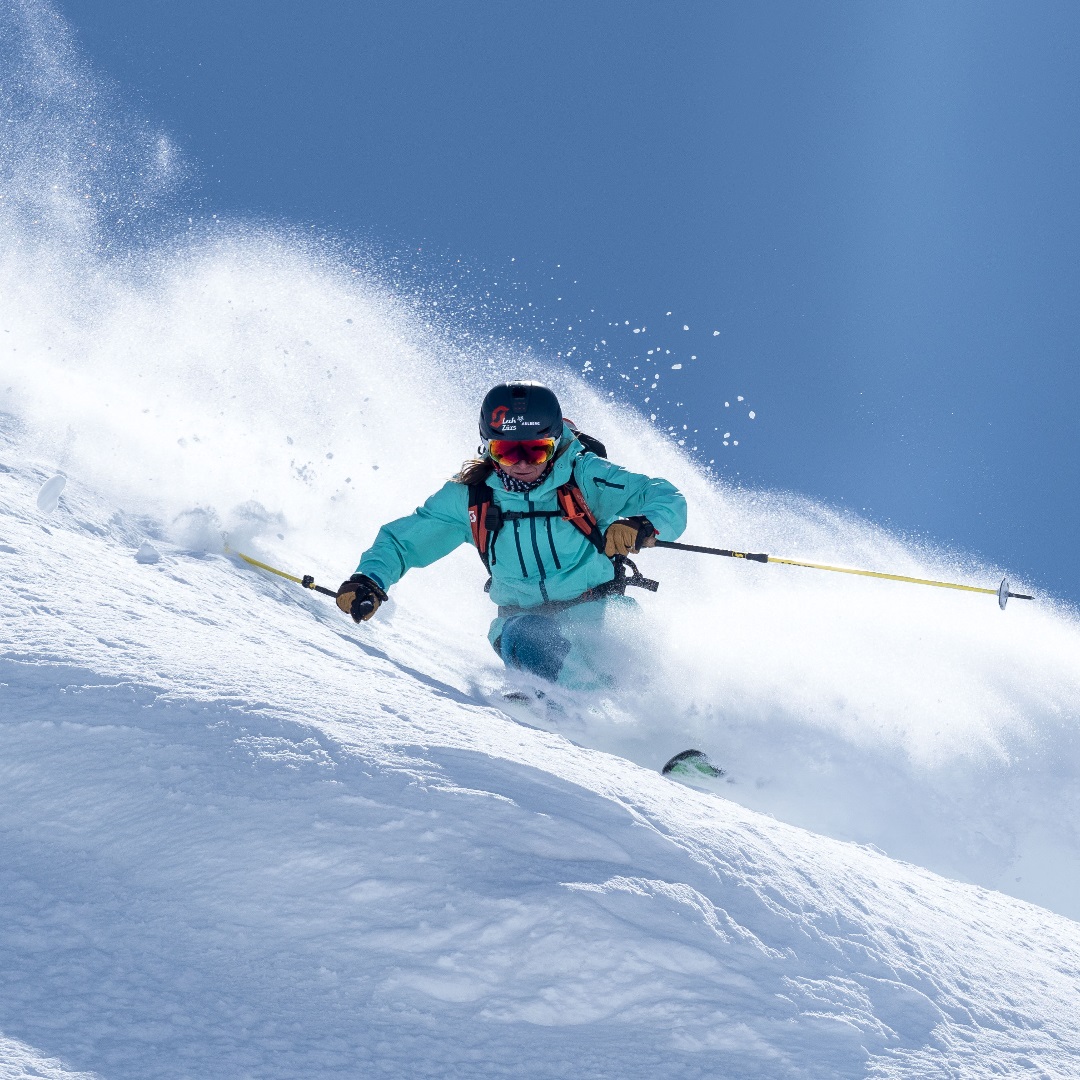
Excerpt from the Interview:
Luxe.CO: What challenges do you see in sustainability for the outdoor industry beyond material innovation?
Achim Loeffler: Scaling up. Scaling up to get the yields right, the quality in the production, all of this is currently one of our biggest focuses.
Many startups fail not because of their innovation, but because they cannot scale. If you operate on a small scale, you can find solutions. However, we are growing. Driven by market demand, we are expanding from orders of a few thousand meters to millions of meters. How do we scale up?
We’re working on expanding our supply chain—looking for ways to deliver faster with shorter lead times.
Luxe.CO: Beyond material innovation, what else has GORE-TEX done for sustainability?
Achim Loeffler: The industry primarily focuses on carbon reduction. Many brands, including us, have set carbon reduction goals.
But if we talk about trends, I think the most interesting and exciting one is the concept of a circular economy.
One major driver of the circular economy is product durability. Based on our tests, we likely offer some of the most durable products on the market. Extending the lifespan of products, compared to buying new ones every year, is significantly beneficial.
We are also actively exploring new business models—such as rentals. In the U.S., we’ve introduced a rental program where you can rent a GORE-TEX ski jacket to experience the ultimate GORE-TEX performance and prolong the product’s lifespan.
We’re also looking into resale models. This doesn’t mean we’re becoming a resale platform, but we’re exploring how we can help the market and the industry. The outdoor sector already has a secondhand market. Consumers have asked us about it, noting that Arc’teryx has a resale program focused on care and repair. What about GORE-TEX?
Under the circular economy concept, all our considerations revolve around how to make products last longer. I believe this isn’t just an issue for our industry but a need for the entire outdoor sector to address.

Above: At ISPO, Claudia Leiner, Head of Strategic Marketing for GORE-TEX, introduces the new-generation GORE-TEX PRO.
“We Aim to Be Part of China’s Growth”
In the conversation with Achim Loeffler, it was clear that GORE-TEX possesses profound and precise insights into the Chinese market.
“Chinese consumers are also aspiring for local brands, perhaps even beyond our industry. Moreover, these local brands are high-end and capable of offering premium products,” he noted.
This level of insight is largely attributed to GORE-TEX’s close collaboration with local brands. As Loeffler emphasized, GORE-TEX meticulously selects its partners early on, often working with them from their initial growth stages—a strategy that also applies to the Chinese market.
Faced with a burgeoning outdoor market, Loeffler said frankly during the interview: “We are tremendously eager to achieve growth in the Chinese market. China is globally one of the most exciting markets and perhaps our fastest-growing market at present.”
For both international and Chinese local brands, China is an indispensable strategic battleground in the fiercely competitive outdoor industry. GORE-TEX is no exception.
As local outdoor brands in China experience rapid growth and many embark on a journey toward premiumization, GORE-TEX is accelerating its collaborations with local brands to enhance its visibility and influence in the Chinese market. These measures reflect strategic foresight and decision-making prowess.

Above: At ISPO, GORE-TEX showcases apparel featuring the new-generation GORE-TEX PRO.
Excerpts from the Interview:
Luxe.CO: What changes have you observed in the outdoor industry over the years?
Achim Loeffler: The outdoor industry started as a niche market dominated by small companies, and products were more practical in nature.
As the consumer base grew, major global brands like Nike, Adidas, and The North Face entered the market, intensifying competition as the market expanded.
Another major shift I observed is in the value chain. In the early days of the outdoor industry, it was clearly structured: there were ingredient brands like ours or other suppliers, global outdoor brands making products, manufacturers producing the goods, retailers selling them, and finally, the consumers.
Now, the lines have blurred significantly—brands are becoming retailers, and retailers are creating their own brands. This is a new dynamic, and while it’s different from the previous structure, I think it’s a healthy evolution.
Luxe.CO: How does GORE-TEX respond to the increasing competition in the outdoor market?
Achim Loeffler: We follow a very clear product strategy—striving to offer best-in-class products that push the boundaries of protection, comfort, and sustainability. If we can continue delivering high-performance products with lower environmental impact, I’m very confident in our position.
We also decided to focus on the premium market. While we could partner with more brands and sell more products, we consciously chose to position ourselves as a premium brand operating in a specific market segment. In that market, we see ample growth opportunities.
Of course, as the outdoor market grows, it becomes more attractive, drawing many suppliers and brands into the space. We remain vigilant and keep a close eye on our competitors.”*
Luxe.CO: How would you describe and evaluate the Chinese outdoor market? What changes or trends have you observed?
Achim Loeffler: China is one of the most exciting markets globally and perhaps our fastest-growing market at the moment. We are deeply committed to being part of this growth.
I recently visited China and witnessed firsthand the evolution of the outdoor market. Compared to 3–5 years ago, it’s evident that Chinese consumers are increasingly active in outdoor activities.
Over 10 years ago, the Chinese market was primarily driven by international brands like Arc’teryx, Adidas, and Nike. Back then, consumers aspired to own more international brands.
Now, Chinese consumers are equally enthusiastic about local brands, perhaps even beyond our industry. Many of these local brands are high-end and capable of offering premium products. This aligns with our strategy of entering the premium market segment.
While international brands will still see growth, the bigger growth opportunity lies with local brands. Witnessing these changes is incredibly exciting. This presents us with tremendous opportunities—not just for revenue growth but also for increasing the visibility of the GORE-TEX brand in the Chinese market.”*
Luxe.CO: What differences do you see in Chinese outdoor consumers?
Achim Loeffler: In general, Chinese outdoor consumers are likely younger compared to those in other markets, which is exciting. Of course, we also want to contribute to the growth and energy of this market.
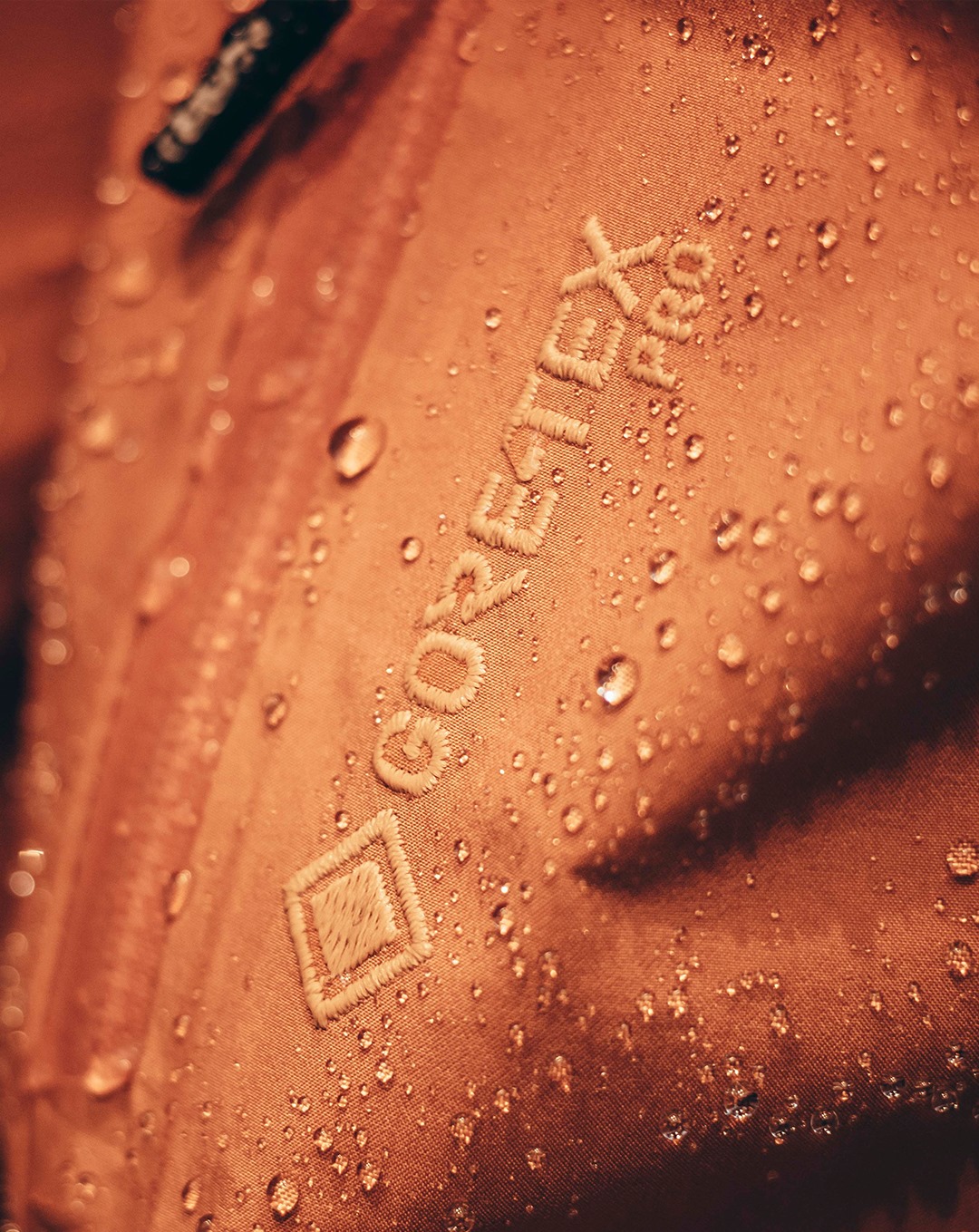
Conclusion
In a past interview, GORE-TEX founder Bob Gore remarked:
“Great innovation is action, change, and passion—getting hands-on and staying actively involved. Anything that interferes with or hinders this is an obstacle to innovation. Our company was born to pursue innovation.”
This statement aptly explains why, after years of R&D and innovation, GORE-TEX introduced the more sustainable new-generation GORE-TEX PRO. It also sheds light on why GORE-TEX works closely with its brand partners to tackle challenges in end markets.
Every step that GORE-TEX takes in China will draw significant attention, and its success in the Chinese market will undoubtedly serve as a key metric for the effectiveness of its global strategy.
Notes:
[1] PFAS (per- and polyfluoroalkyl substances) are not intentionally added during manufacturing, but trace amounts may be present.
[2] Achieved through composite fabrics made from innovative membranes and carefully selected textiles (according to HIGG MSI).
|Image Credit: GORE-TEX
|Editor: Zhu Ruoyu


